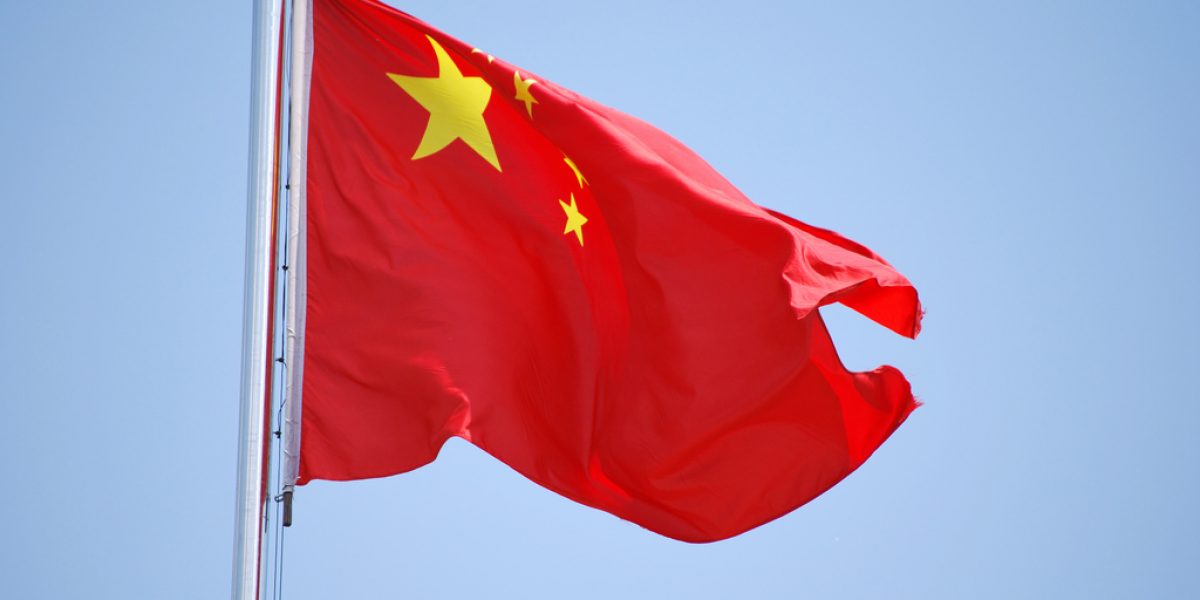The same, it seems, is true of our trade debate. “China-bashing”, in keeping with trends “overseas”, is coming into its own in SA. The most obvious manifestation is the textiles saga; but similar currents are brewing in the metals and vehicle sectors. No doubt others will throw their hats into the ring.
Based on current trends, China will overtake the US as the world’s largest economy before the middle of this century, if not before. Hence a new centre of global economic growth has emerged to supplement the traditional triad economies (the US, the European Union, and Japan). This is good news for the global economy.
This transformation is concentrated in assembly-based, export-oriented manufacturing, within which multinational corporations locate low-wage, labour-intensive processes along China’s seaboard. These “foreign-funded” enterprises account for about two-thirds of China’s exports, the bulk of which are destined for US, European, and Asian markets. Collectively this constitutes a giant, interconnected production system into which Africa and Latin America are incorporated principally as suppliers of raw materials. This process constitutes a secular transformation of the global economy and production systems, sweeping aside cosseted manufacturing producers elsewhere.
China’s export boom has been accompanied by price declines in labour-intensive sectors such as clothing. These price declines have been underpinned, some would say caused, by China’s exchange-rate peg — widely regarded as undervalued relative to the US dollar and other floating currencies (notably the rand). Further, large chunks of the Chinese economy are still state-owned and financed; within this sector investment rates are inordinately high but productivity levels low. This has created excess capacity in a variety of industries, which if released on to global markets may lead to further global price declines.
These are the three key features that should frame how we engage with China. The first, namely China’s secular transformation, makes a long-term strategic response imperative. The next question is what the contours of this response should be?
China’s huge appetite for resources and its manufacturing export juggernaut collectively constitute the core of our dilemma. Doomsayers argue that we are “condemned” to primary products export status, while our manufacturing sector is unfairly hollowed out through ruthless low-cost competition. The concerns are serious, but ultimately misplaced.
First, given its small domestic market and equidistant location from the major economic centres, SA has to trade to survive. Resource exports are our comparative advantage. Yet unlike Australia, Chile, and other successful resource exporters we have not taken sufficient advantage of the global commodity price “supercycle”. Export proceeds and the tax revenues derived from them should be pumped into the economy. In this respect, government’s Accelerated and Shared Growth Initiative is on the right track but needs to be far more vigorous. Two key priorities are infrastructure expansion to support the domestic market and facilitate movement of people and rapid expansion of our ports accompanied by liberalisation of trade in goods and people. This would encourage a host of new entrepreneurial activities whilst boosting productivity levels.
Second, government should provide generic support to the manufacturing industry to adjust to the Chinese competitive challenge, but not through protection. Constructing a Chinese “Great Wall” around manufacturing would further encourage illegal imports and criminal syndicates, boosting crime, increasing anti-China sentiment, and worsening bilateral relations with China.
Further, protected firms would not be competitive and would therefor stagnate. Besides, protection would not provide these industries with the wherewithal to kick-start strong, sustained, job-creating growth. SA’s tradable manufacturing sector faces deeper, more fundamental challenges. This is not to argue that SA should not stand vigilant against patently unfair trade practices, or that China should never be challenged on certain issues.
It is to argue, rather, that SA is far better served by a government committed to building entrepreneurial capabilities through supportive measures designed to help companies restructure and become more nimble, moving into market niches rather than mass-based production for the domestic market — not possible anyway in our small market.
Third, we should encourage services-sector growth, where employment is increasingly found. Much of this revolves around reducing transactions costs in banking, telecoms and transport, promoting domestic competition in these sectors.
Fourth, the most troubling issue is China’s currency peg. Unfortunately, SA has no leverage over China here. This is problematic for industry. And China is not the only Asian country to engage in this currency management. Hence we have to accommodate it for the foreseeable future. As Harvard economist Dani Rodrik argues, this may involve revisiting some monetary policy holy cows, notably the primacy of inflation targeting, in favour of promoting at least a more stable exchange rate.
Finally, China’s emergence has been a great boon for countries fighting inflation and, by extension, for poor consumers, since the prices of almost everything China exports a lot of have declined steadily over the years. The great tragedy in SA’s textiles saga is that nobody truly represents the poor.
Further, low inflation in recent years has helped to keep interest rates relatively low and hence economic growth relatively high. Even the balance of trade deficit is not inherently problematic given that a substantial proportion of our imports from China constitute productivity-enhancing information technology products, capital equipment and machinery.
So let’s stop the knee-jerk China-bashing and engage in serious analysis of the economy-wide — as opposed to narrow, sectoral — implications of China’s emergence for SA. The psychosis gripping the China debate in SA is preventing us from engineering a creative, progressive, and effective policy framework for managing the challenges China poses and taking advantage of the opportunities it presents.








